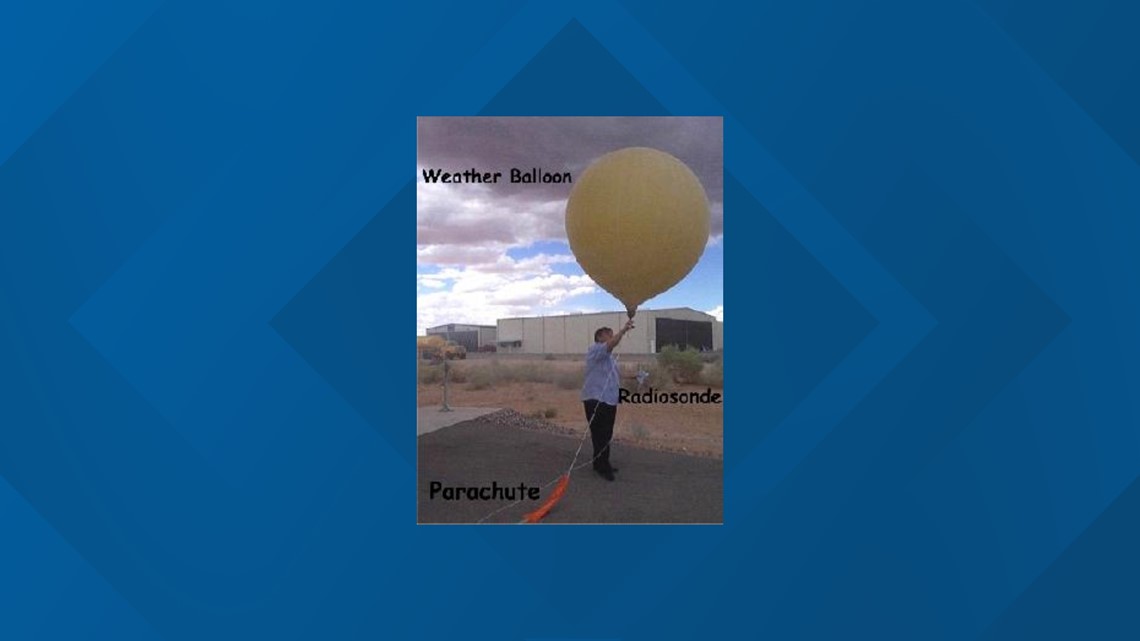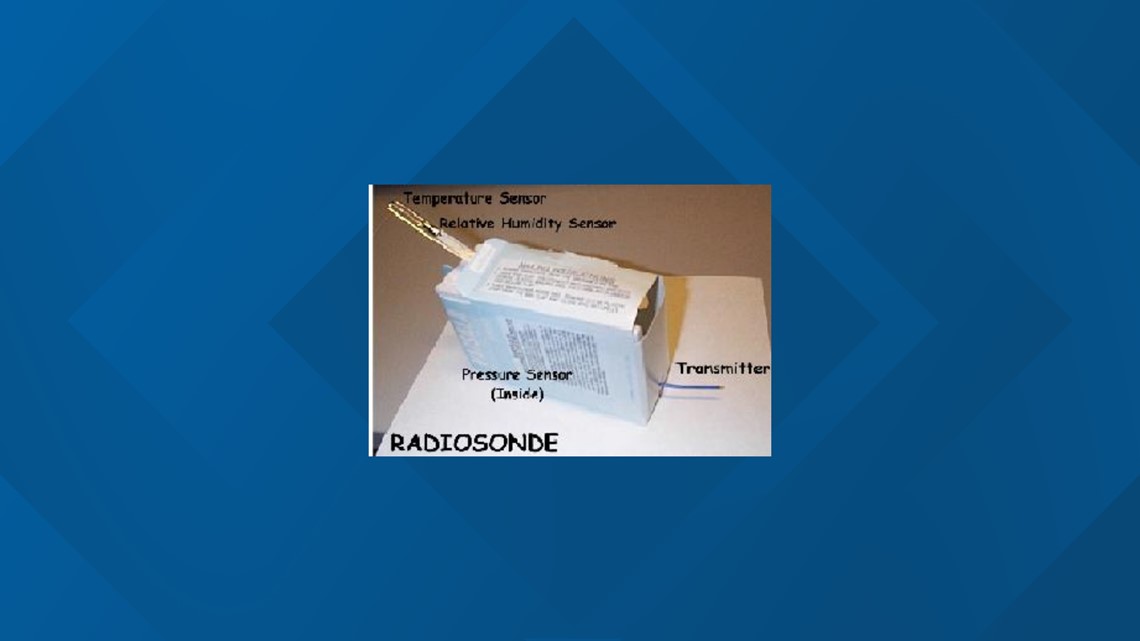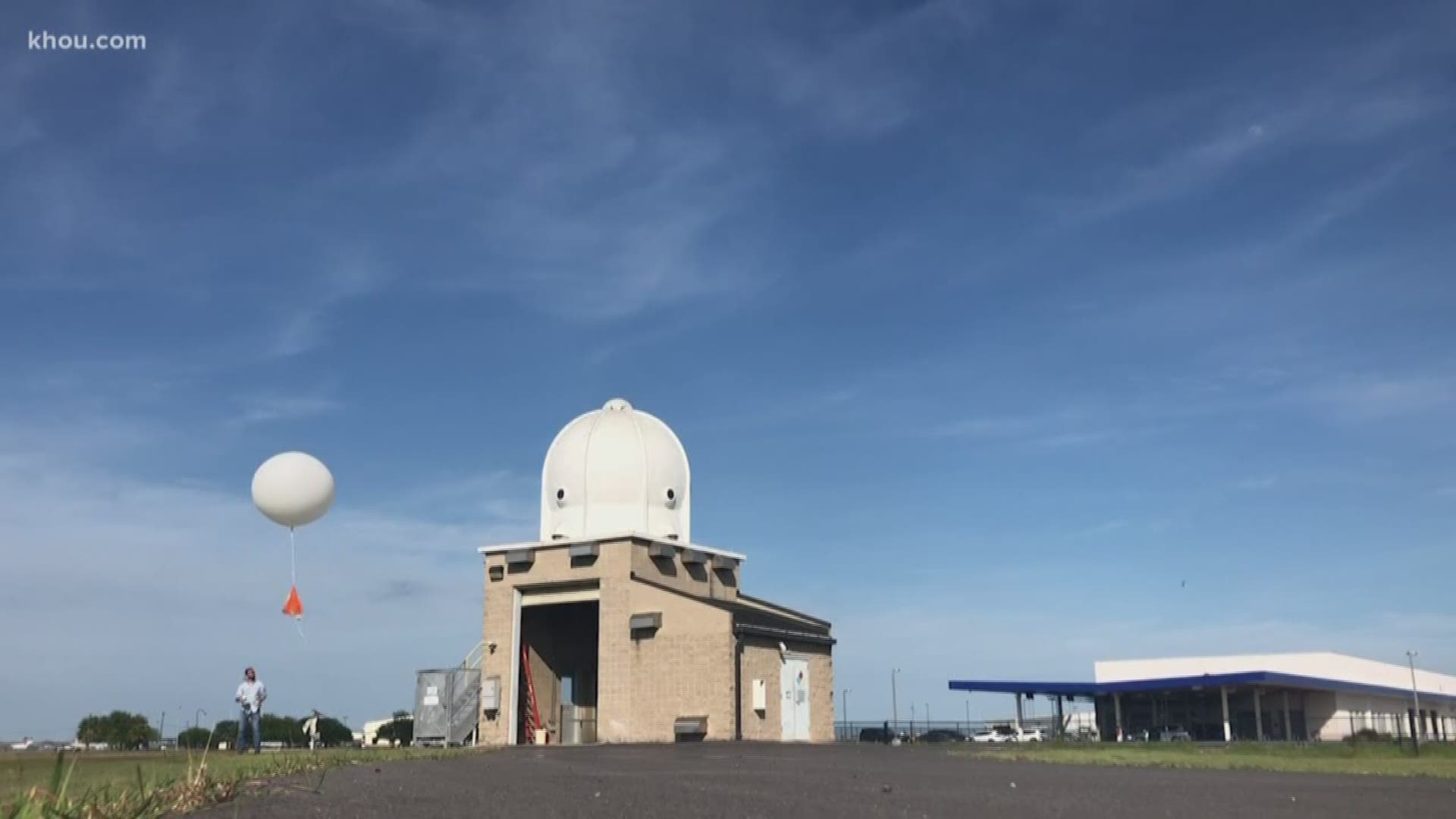HOUSTON — The National Weather Service uses weather balloons to help gather real-time information from the atmosphere.
Some 900 balloons are launched worldwide twice a day during normal operations. This includes the 92 balloons released by the NWS in the United States and its territories.
But because of the storm in the Gulf, the balloons are released every six hours to include noon and midnight.


NWS offices in Brownsville and Corpus Christi, Texas, and Lake Charles, Louisiana, began a special balloon release to support the National Hurricane Center on July 10.
The data helps to improve the track and intensity of the forecasts for Tropical Storm Barry.
The balloon flights last about two hours. They can drift as far as 125 miles away and rise up to more than 100,000 feet -- or about 20 miles in the atmosphere.
The weather balloons are made of latex or neoprene and are filled with either hydrogen or helium. The balloons start out measuring about six feet wide before release and then expand as they rise to about 20 feet in diameter.
A battery-powered instrument attached to the balloon measures pressure, temperature and relative humidity in the atmosphere.
A transmitter on the instrument sends the data to tracking equipment on the ground every one to two seconds.
The NWS can also calculate wind speed and wind direction.
A parachute attached to the end of the balloon allows the instrument to fall slowly to the ground at speeds less than 22 mph after the balloon bursts!
Each instrument contains a mailing bag and instructions on what to do if you find one! About 20 percent of the 75,000 instruments sent up each year in the U.S. are found and returned. The instruments are then fixed and reused, saving the government money.


Weather balloons are the primary source of data about the ground. They help with input for computer forecast models, local data for meteorologists who make forecasts and predict and data for research.
ALSO POPULAR ON KHOU.COM

